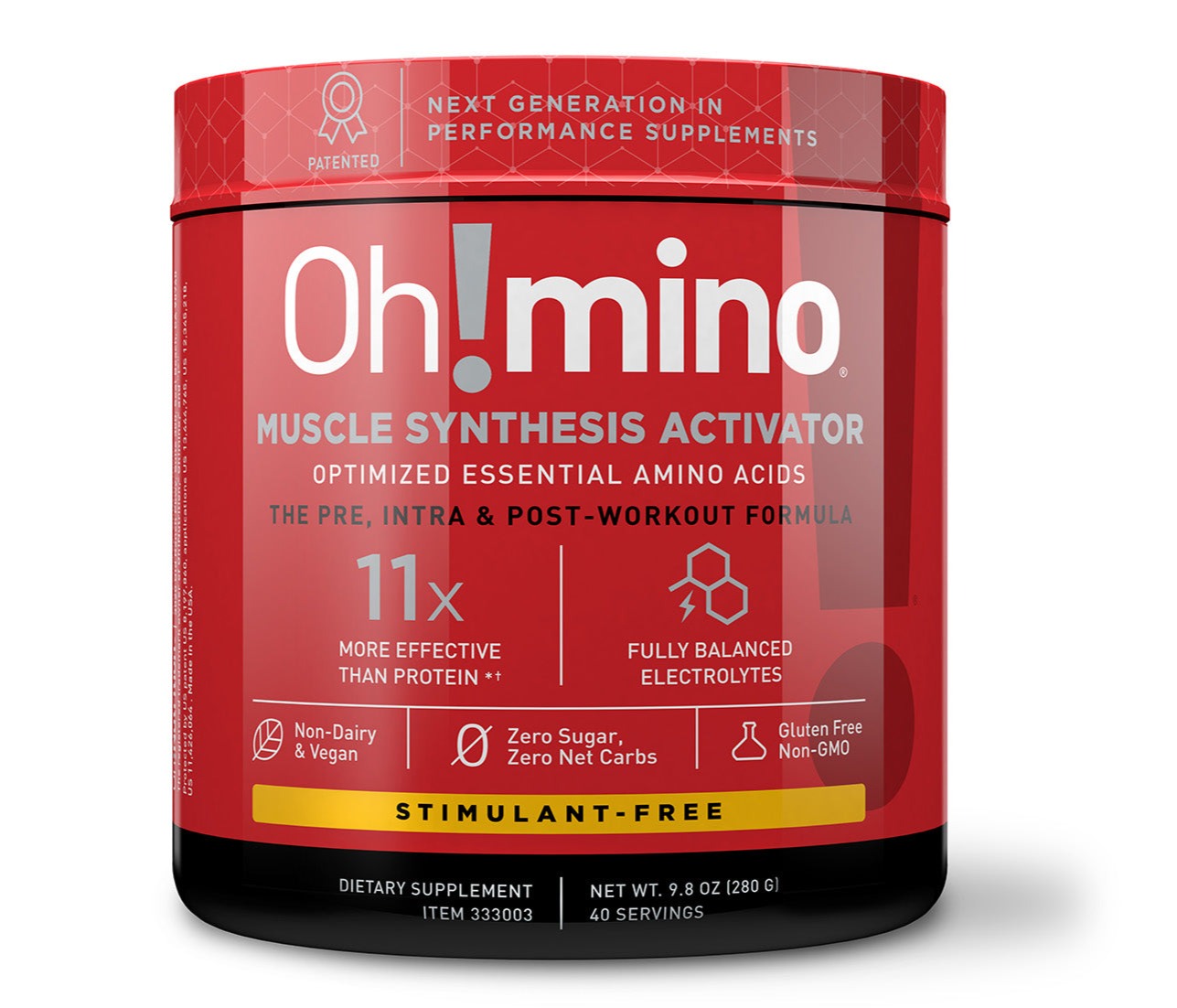1. The Science of Circadian Rhythms
Every living organism, from the tiniest microbes to humans, operates on a biological clock.
This internal clock, governed by the suprachiasmatic nucleus in our brain, orchestrates a variety of physiological processes over an approximately 24-hour cycle.
In humans, the circadian rhythm affects numerous functions, including sleep-wake cycles, digestion, and metabolism.
Disruptions in this rhythm due to factors like jet lag or shift work can cause a multitude of health issues, including metabolic disorders.
Indeed, a study published in the Annual Review of Nutrition in 2016 revealed that misalignments between feeding times and circadian clocks could result in metabolic dysfunctions.
2. Chrono-Nutrition: The Rhythm of Eating
The core principle of chrono-nutrition is simple: align your eating patterns with your circadian rhythm.
In practical terms, this means consuming your meals when your body is most ready for digestion and metabolism.
Experimental data suggest that food metabolization can vary widely throughout the day.
For instance, our bodies might process the same meal differently if consumed in the morning versus the evening.
One study in the Journal of Clinical Endocrinology and Metabolism in 2013 found that our insulin sensitivity is at its peak in the morning, but slowly decreases throughout the day.
This suggests that we could handle carbohydrates better in the morning and less efficiently at night.
3. Practical Implications: The Intricacies of Timing in Nutrition
Shifting our conventional eating patterns align with chrono-nutrition can be initially challenging. Here are some ways to effectively maneuver this dietary transition:
- Rethinking Traditional Eating Patterns:
Contrary to popular belief, breakfast might be the most crucial meal of the day due to the body's heightened insulin sensitivity in the mornings – making it an ideal time to consume complex carbohydrates for sustained energy throughout the day.
Alternative to the 'moderate breakfast, light lunch, and heavy dinner' routine; a 'hearty breakfast, moderate lunch and light dinner' approach is advised in chrono-nutrition.
- Adapting to New Meal Structures:
In addition to adjusting meal sizes, chrono-nutrition also suggests tapering food intake as the day progresses.
A lighter dinner may improve sleep quality and prevent the metabolic impacts of late-night eating, such as elevated blood sugar levels.
- Time-Restricted Feeding (TRF):
Incorporating TRF involves consuming all daily calories within a specific time frame that aligns with our circadian rhythms.
This method can potentially enhance fat burning during fasting periods, stabilize blood sugar levels, and even promote a healthier relationship with food by creating a clear boundary around eating times.
Besides assisting in weight management, chrono-nutrition's health benefits also range from improved sleep quality, enhanced energy levels, to improved mental well-being.
4. The Caveats and Future Directions
The feasibility and effectiveness of chrono-nutrition can vary among individuals since not everyone's circadian rhythm is identical.
For example, "night owls" might have slightly different optimal eating windows than early birds. Further large-scale and long-term research is needed to strengthen the existing recommendations in chrono-nutrition.
Despite the need for additional research, chrono-nutrition presents a promising and fresh perspective on nourishing our bodies optimally by not just focusing on the food, but also considering the timing of consumption.
As science continues to shed light on this connection, we will likely see a rise in the adoption of dietary lifestyle aligned with our internal biological clocks.
Stay fit my friend,
Michael
Founder & CEO

